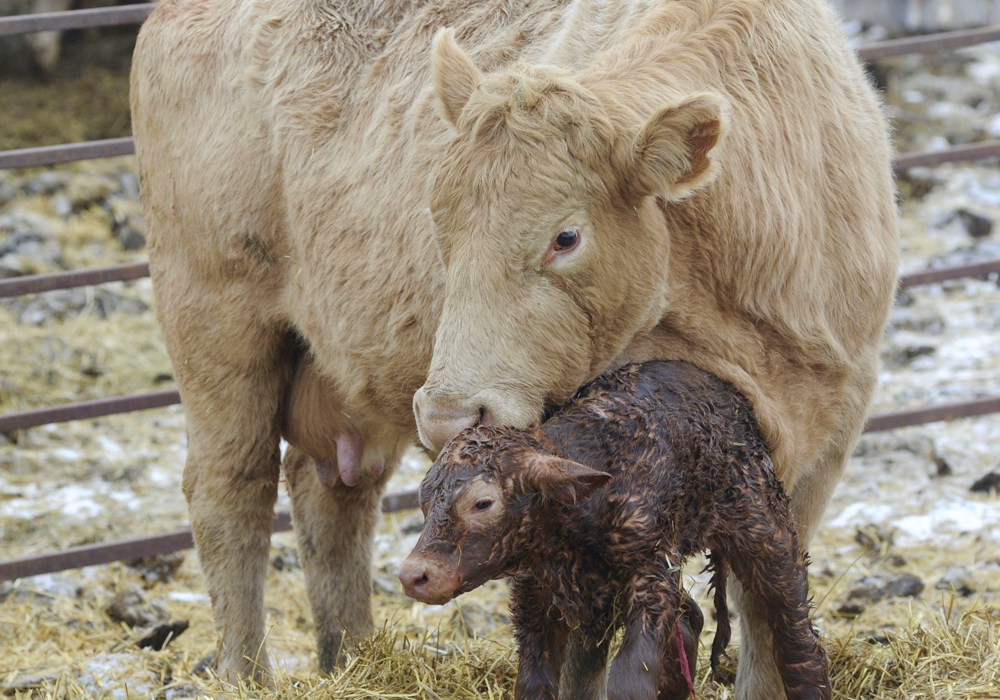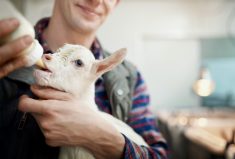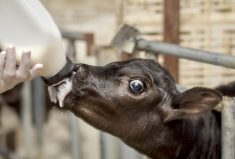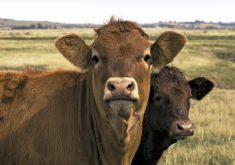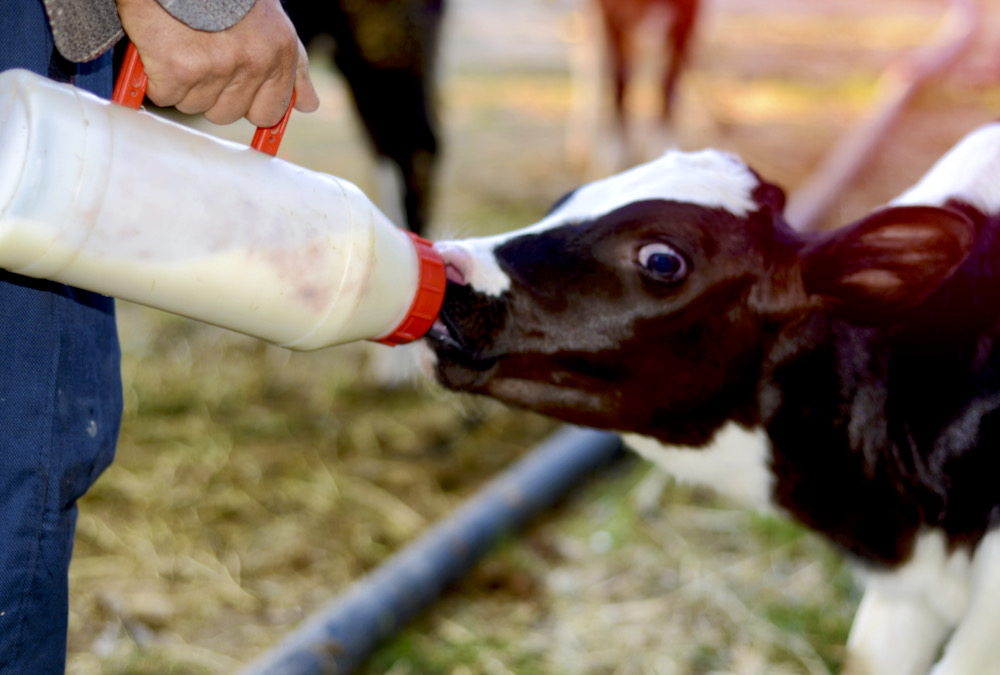If it sucks, that’s a good thing — when it comes to newborn calves.
It’s so good, in fact, that newborns with a good suckle reflex are 41 times more likely to consume colostrum on their own compared to calves with a weak suckle reflex.
Dr. Craig Dorin of Veterinary Agri-Health Services in Airdrie, Alta., provided that statistic during a Jan. 15 webinar organized by the Beef Cattle Research Council.
Suckle reflex should be part of producers’ assessment of newborn calf vigour, said Dorin, and is easily done by sticking fingers in a calf’s mouth, massaging the roof of the mouth, and gauging reaction.
Read Also

BinSentry sensors reduce feed-bin outages
BinSentry sensors mean fewer feed bin outages and more efficient deliver for feed mills.
Why it matters: Getting calves to suckle soon after birth delivers valuable colostrum from the mother, which protects calves from disease.
“You should always do a suckle reflex test on newborn calves and if they do not have a strong suckle reflex at 10 minutes of age, then you should intervene and … make sure that that calf is going to get colostrum,” said Dorin.
Calves able to nurse on their own shortly after birth tend to be more viable throughout their lives. Though calves that fail to do that can be bottle fed or tube fed, nursing is always best and other options are second rate, he said.
When nursing, the calf’s digestive system shunts milk into the fourth stomach, the abomasum, which absorbs the colostrum and its nutrients, said Dorin. During tube feeding, more liquid has to be provided so it overflows the rumen and the omasum to reach the abomasum.
He quoted research by his colleague, Dr. Elizabeth Homerosky, showing calves that have to be pulled become less viable as level of dystocia increases. Fewer than 40 percent of calves born after a hard pull will nurse on their own.


